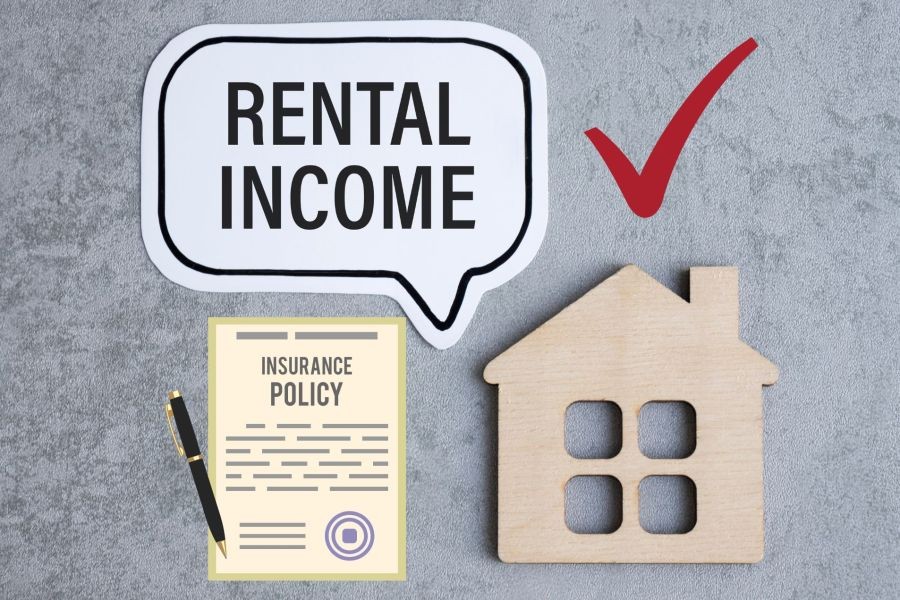Introduction
In a nation famed for its sprawling landscapes and vibrant urban centers, investment property in Australia is a tantalizing prospect for many. But as with any investment, the path to property ownership is paved with potential pitfalls and rewards. Did you know that real estate remains one of the most favored investment vehicles in Australia, contributing significantly to the GDP? According to the Australian Bureau of Statistics, the property industry contributes over 14% to the national GDP, reflecting its pivotal role in the economy.
For data scientists and tech-savvy investors, the allure doesn't just lie in the bricks and mortar but in the data-driven strategies that can optimize returns. In this article, we'll delve into a step-by-step guide to buying your first investment property in Australia, enriched with insights, local economic factors, and data-backed analysis. Are you ready to decode the complexities of the Australian property market? Let's dive in.
Understanding the Australian property market
Before embarking on your property investment journey, it’s crucial to grasp the dynamics of the Australian real estate market. The Reserve Bank of Australia (RBA) reports that the housing market has shown resilience, with prices in major cities like Sydney and Melbourne experiencing significant growth. However, the regional markets are catching up fast, presenting lucrative opportunities for savvy investors.
Furthermore, the Australian Prudential Regulation Authority (APRA) has enforced lending standards that ensure the market doesn’t overheat, balancing risk and reward. Understanding these regulatory frameworks is essential for crafting a successful investment strategy.
Steps to Buying Your First Investment Property
Step 1: Define Your Investment Goals
Start by clearly defining what you want to achieve with your investment. Are you looking for long-term capital growth or short-term rental yields? Your objectives will shape your property search and investment strategy.
Step 2: Conduct Market Research
Utilize data from sources like CoreLogic and the Australian Bureau of Statistics to analyze market trends. Identify areas with potential growth, considering factors like employment rates, infrastructure projects, and population growth. For instance, Brisbane is emerging as a top destination, driven by upcoming Olympic infrastructure projects.
Step 3: Understand Financing Options
Explore different financing options available in Australia. Interest rates, as set by the RBA, are a critical factor. Compare mortgage rates from various lenders, considering fixed vs. variable rates. Ensure you understand the Australian Taxation Office (ATO) guidelines on property investment deductions, which can impact your cash flow.
Step 4: Engage Professionals
Engage a team of professionals including a real estate agent, mortgage broker, and solicitor. These experts can provide insights into local market conditions, legal obligations, and financial strategies.
Step 5: Conduct Property Inspections
Before purchasing, inspect potential properties thoroughly. Consider factors like location, condition, and potential for renovation. Regulatory insights from the Australian Competition & Consumer Commission (ACCC) can guide you in negotiating fair terms.
Step 6: Make an Offer and Complete the Purchase
Once you've identified the right property, make an offer. Your solicitor will help navigate the legal requirements, ensuring a smooth transaction. Be prepared for additional costs like stamp duty and transfer fees.
Case Study: Smart Investment in Sydney's property market
Meet Sarah, a data scientist who ventured into the Sydney property market in 2023. Faced with skyrocketing prices, she strategically targeted the suburbs of Western Sydney, driven by infrastructure developments and demographic shifts. Her investment grew by 15% in value within a year, underscoring the importance of data-driven decisions.
Sarah’s success highlights the need for thorough market analysis and strategic location selection. Her story serves as a blueprint for aspiring investors looking to navigate Australia’s competitive property landscape.
Pros and Cons of Property Investment
Pros:
- Higher ROI: Properties in growth areas have delivered returns exceeding 10% annually.
- Tax Benefits: Investors can claim deductions for mortgage interest and maintenance expenses.
- Stable Asset: Real estate is a tangible asset that provides security against market volatility.
Cons:
- High Entry Costs: Initial costs, including deposit and stamp duty, can be substantial.
- Market Volatility: Economic factors can lead to fluctuations in property values.
- Liquidity Risk: Selling property can take time, impacting cash flow.
Common Myths and Mistakes
Myth: "Property values always increase."
Reality: While long-term growth is expected, short-term fluctuations can result in value drops.
Myth: "Location doesn’t matter as much as property type."
Reality: Location is crucial; properties in areas with strong infrastructure growth tend to appreciate faster.
Myth: "You can manage property investments without professional help."
Reality: Engaging professionals can mitigate risks and enhance returns through expert guidance.
Future Trends in the Australian property market
By 2030, the Australian property market is expected to undergo significant transformations driven by technological advancements and demographic shifts. Proptech innovations, such as AI-driven property management tools, will streamline operations and enhance tenant experiences. Furthermore, cities like Melbourne and Sydney will continue to evolve as smart cities, integrating sustainable practices into urban planning.
As the government invests in infrastructure to accommodate population growth, regional areas will emerge as attractive investment locales, offering affordable entry points and growth potential.
Conclusion
Embarking on a property investment journey in Australia requires a strategic approach, grounded in data-driven insights and local market knowledge. By understanding the nuances of the market, leveraging professional expertise, and keeping abreast of regulatory changes, investors can maximize their returns and mitigate risks.
Ready to take the plunge into property investment? Share your experiences and insights below, and join the conversation with fellow investors in the Australian market. The future of property investment is bright—are you ready to be a part of it?
People Also Ask
How does property investment impact businesses in Australia?
Property investment provides businesses with capital growth opportunities and stable income through rental yields, enhancing financial stability.
What are the biggest misconceptions about property investment in Australia?
Many believe property values always rise and that location isn't crucial. However, market dynamics and strategic location selection are vital for success.
What are the best strategies for implementing property investment?
Experts recommend thorough market research, engaging professionals, and focusing on growth areas with strong infrastructure development for long-term success.
Related Search Queries
- Best suburbs for investment property in Australia
- How to finance an investment property in Australia
- Tax benefits of property investment in Australia
- Avoiding risks in Australian property investment
- Future trends in Australian real estate
- Impact of interest rates on property investments
- Regional vs. city property investment
- How to choose the right investment property
- property market predictions for 2025
- Investing in Australian real estate for beginners
































flicityowd9246
6 months ago